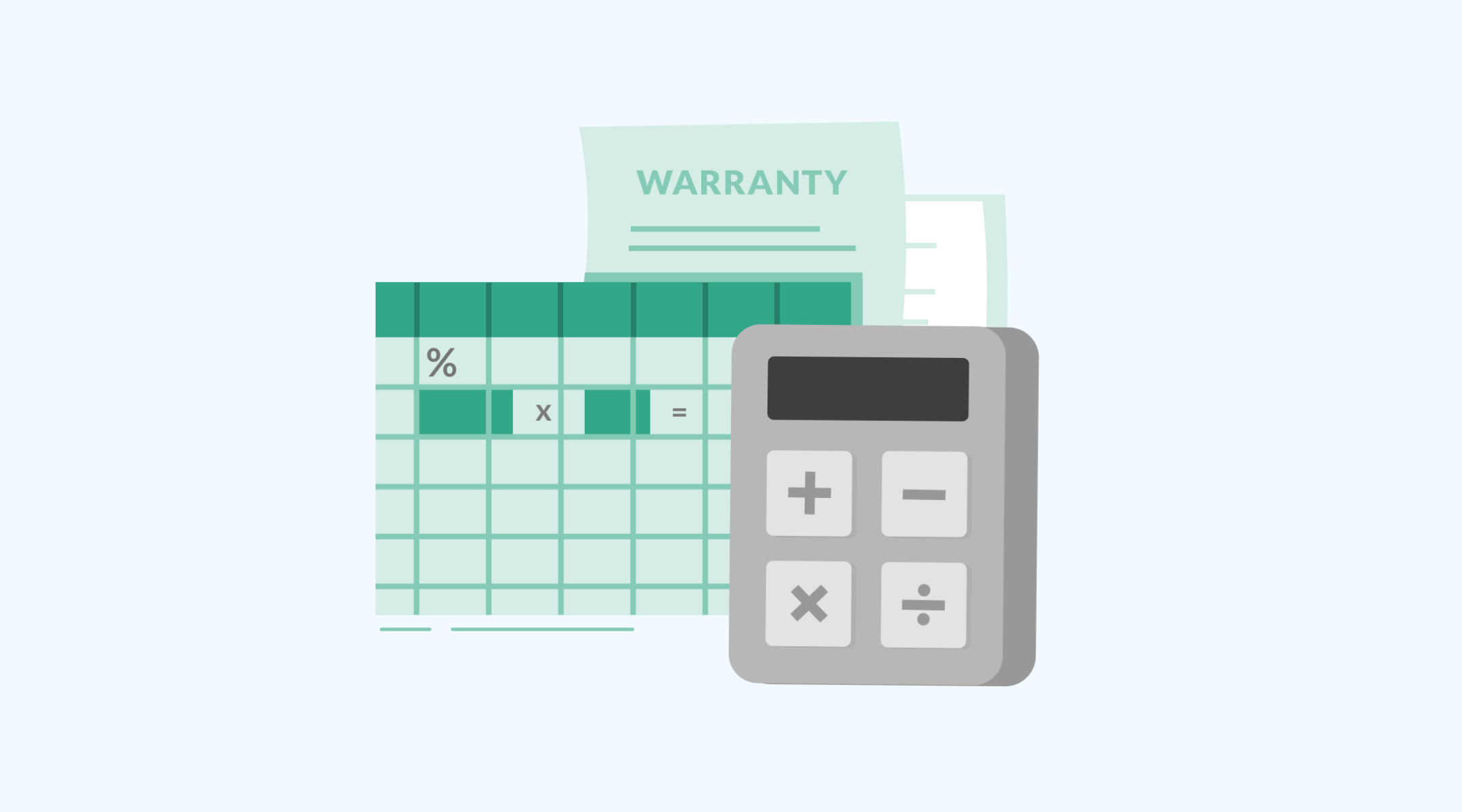1. Start with clean, detailed information on the Asset level.
No matter what your process, industry, or number of assets, whether it is entered manually or through System Integration Modules (SIMs) into your Enterprise Asset Management or Fleet Maintenance application, the more information used to identify the Asset, the more accurate the reporting will be for that Asset down the line. Additionally, in breakdown scenarios, having immediate access to data will reduce downtime.
2. Consolidate all of your enterprise applications.
Have all of your applications funnel data in and out of your EAM system (SAP, Oracle, JDE, Great Plains, fuel systems, fleet operation and dispatch software, telematics, payment processing systems). A well-connected system will eliminate silos, and ensure the accuracy of your data.
3. Understand your Warranty Terms of Agreement and Policy.
It’s crucial that for each warranty you enter in the system, you understand the nuts and bolts of the agreement. Pay close attention to what the overages are, and when the Terms of Agreement and Policy will expire. This will help you avoid costly mistakes surrounding the terms of your warranty, and improve warranty capture across the board.
4. Understand the organizational structure of suppliers.
You can increase the efficiency of your returns by understanding parent/child relationships in your suppliers, and defining this structure in your EAM application. For example, by defining which supplier location warrantable parts need to be returned to, parent or child, you can increase the efficiency of your warranty reimbursements. As a general rule of thumb, look for a “Remit-to” address to indicate a child supplier.
5. Always record accurate meter readings.
One of the leading reasons to use an EAM system is to optimize your Preventive Maintenance (PM) Schedules. PMs cannot be accurately triggered from the EAM system without accurate meter readings from the Asset. It is highly recommended to obtain a daily meter reading when possible. If a daily meter is not available for the day, use the previous day’s meter as your Current Reading.
6. Create your repairs in ‘real-time’.
Do not create paper Work Orders, and then go back and recreate them electronically. Not only does this degrade inefficiency and waste paper, it also makes it impossible to capture the workforce labor in real-time. This affects your ability to make key realizations regarding unallocated labor or indirect time.
7. Make it mobile.
Empower your workforce with technology they can take with them anywhere. Eliminate the need to consolidate workstations and improve workflow by cutting out time spent walking back and forth between workstations. Finally, you are able to enter, review, and head up items on-the-spot instead of letting your process get delayed unnecessarily.







